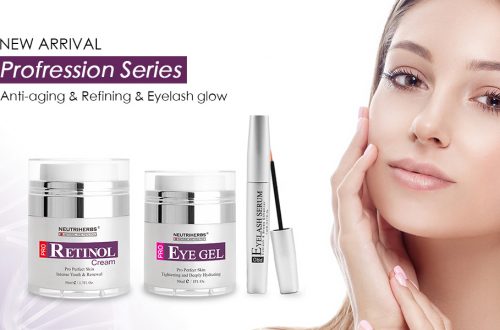Skincare for beginners: basic steps to take care of your skin
The world of skincare is intriguing and brimming with opportunities. Although there are products for all skin types and needs, let’s be honest: juggling can be (or appear to be) very difficult, especially for beginners! In this article, we’ll explain the fundamental steps of a skincare routine so you can start taking care of your skin, and we’ll also address some of the most frequent questions newcomers to the skincare world have.
Suppose you’d like to know what kind of skin you have. You can still perform a very easy at-home test to determine your skin type if you need to schedule an appointment at a physical retailer. Wash your face with a gentle cleanser in the morning, follow that with nothing at all, wait a few hours, and then check your skin.
- Dry skin is the sensation of tight, dry skin.
- Normal skin is comfortable, not excessively dry, and not excessively shiny.
- Combination skin refers to shiny skin in some areas of the face (typically the forehead, nose, and chin) and normal or tight in other places.
- Oily skin is skin that is shiny all over the face.
Naturally, these are generalizations; remember that our skin changes frequently. As a result, I don’t particularly like this division of skin types. Our skin is influenced by various things, including our habits, where we live, the season, and the climate. Therefore, developing skin-listening skills is crucial always to know what it needs.
What are the really necessary steps to take?
It’s crucial to keep skin clean, hydrated, and protected to maintain healthy skin. Cleanser, moisturizer, and sunscreen are the only three steps that make up good skincare for beginners. The additional optional steps are used to treat the skin and address particular issues.
Do I have to wash my face with a cleanser in the morning, or is it enough to rinse with a little water?”
The best aspect of skin care is that, besides applying sunscreen, only a little needs to be done. Some skin types, such as the most sensitive and dry, might not even require cleansing in the morning. The morning your skin seems to be in a state of comfort, and you don’t feel particularly greasy, using a cleanser is unnecessary: you can easily rinse your face with a little water and then go straight to your cream and to your SPF. If, on the other hand, your skin feels heavy or shiny, you can use a delicate cleanser and then proceed with the rest of your routine.
How does double cleansing work? Does it make sense to use an oily cleanser, remove it with a pad and then use micellar water?”
A deep skin cleansing technique called double cleansing involves applying two different cleansers, one after the other. The first cleanser, an oil-based product like a balm or makeup remover oil, removes sunscreen and makeup from our faces. The skin is cleaned of dust, sweat, dirt, and extra sebum with the foaming cleanser applied immediately. We advise using it in the evening, but not just for beginners’ skincare routines!
Micellar water shouldn’t be used after using an oily cleanser because you’re using two back-to-back makeup removers rather than just one cleanser and one makeup remover. Choose between the oily cleanser and the micellar water, the product you feel best with, and then proceed with a delicate cleanser.


